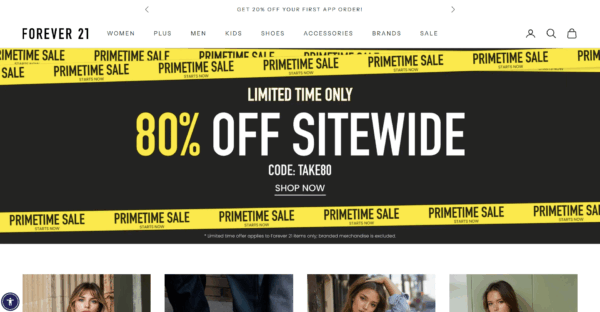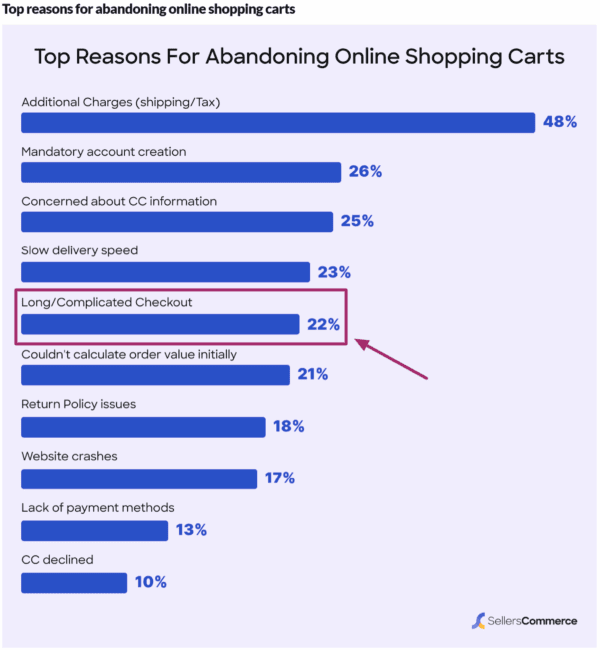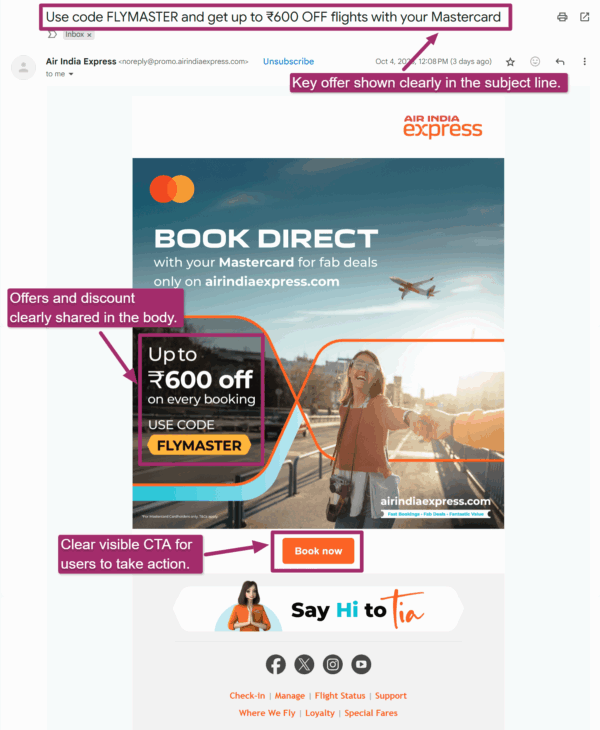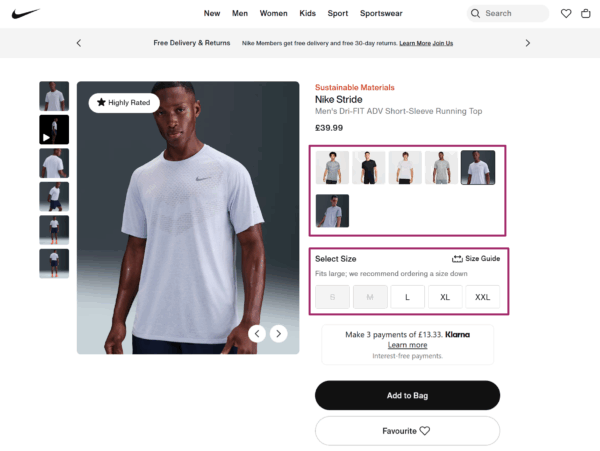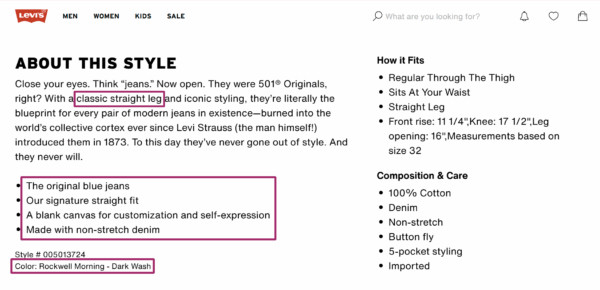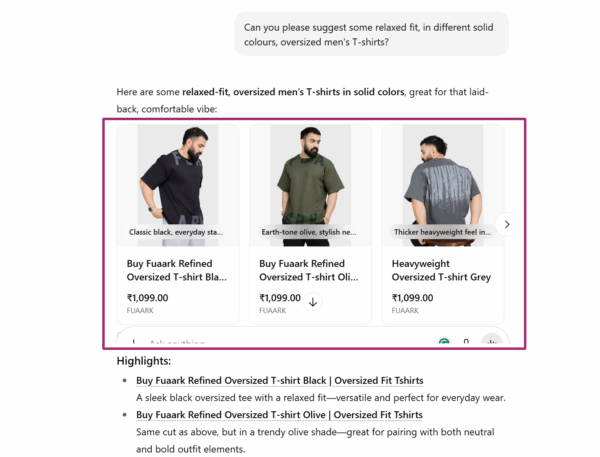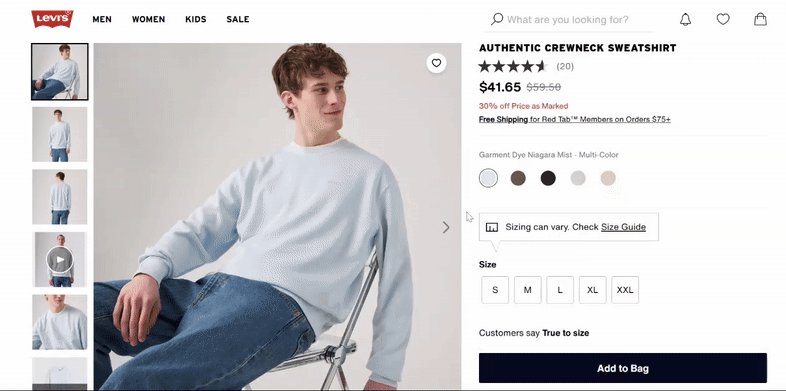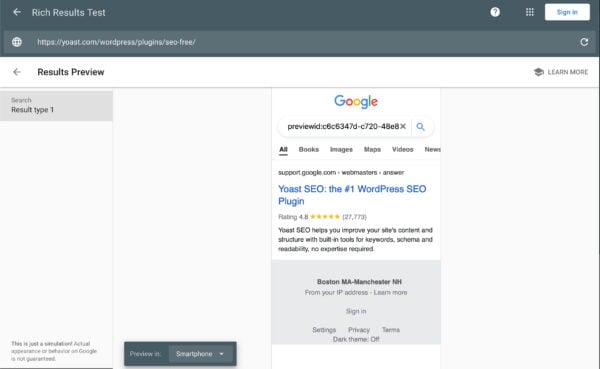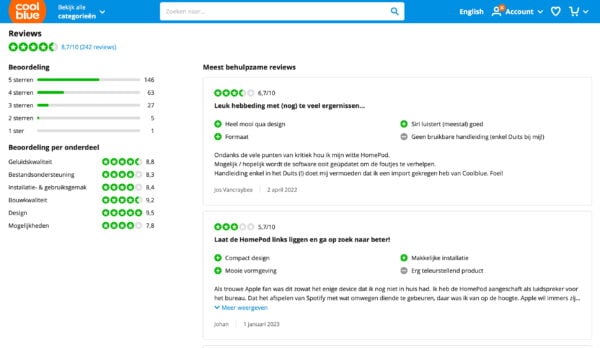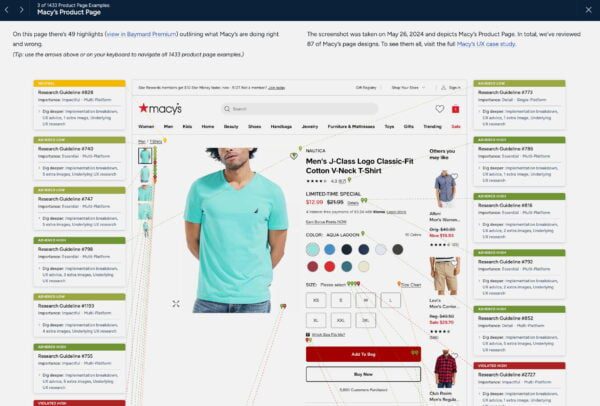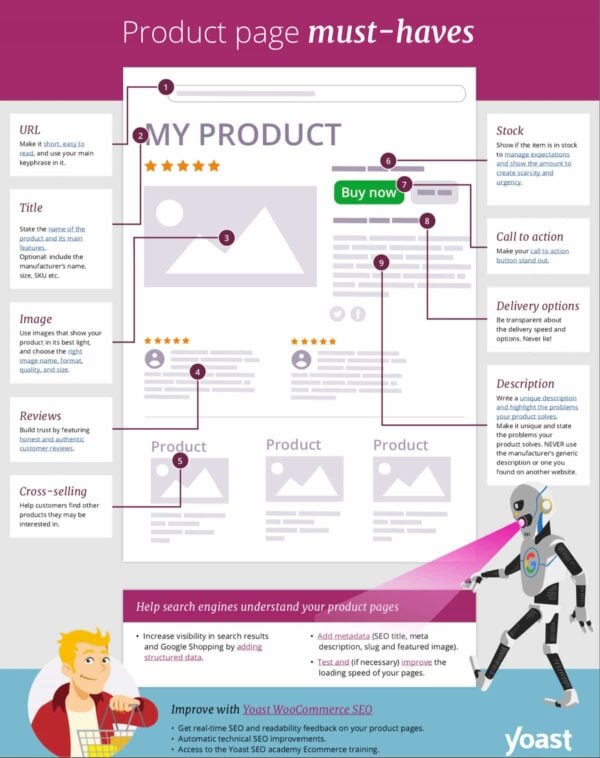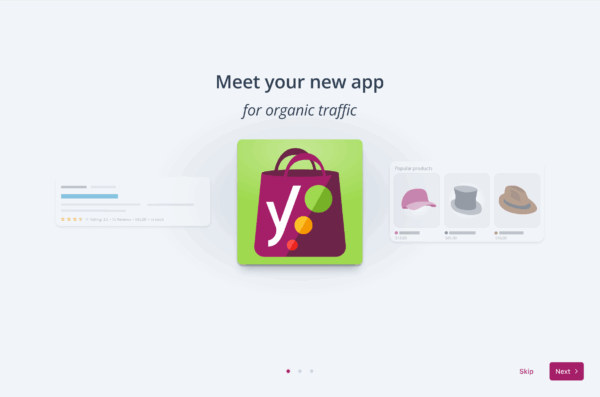Last-minute Black Friday SEO prepping for ecommerce stores
Black Friday is three weeks away, so it’s time to finalize the last adjustments. Here’s what to focus on now, based on two Yoast Black Friday coffee chats with our own principal SEOs, Carolyn Shelby and Alex Moss. Alex states, “Black Friday isn’t one day anymore, but a season. If you’re not visible to AI now, you won’t be in the results when shoppers ask for recommendations.”
1. Stop breaking things (seriously)
- No major technical changes. Switching platforms, payment processors, or themes? Wait until January. Focus on optimizing what you have
- Code freeze starts now. If it’s not broken, don’t fix it. Test changes in a staging environment first
- Exception: Installing Yoast SEO or WooCommerce SEO add-ons is a low-risk activity. Do it if needed
Pro tip: If you must update plugins, test on staging and avoid updates one week before Black Friday.
2. Fix these right now (or regret it later)
Fraud attacks are ramping up
Fraudsters test stolen credit cards by buying cheap items (<$5). Signs you’re being targeted:
- Sudden spike in orders for your lowest-priced item
- High failure rates (declined payments)
- Orders from VPNs/rotating IPs
How to fight back:
- Raise your minimum price. Bundle items to push totals over $5 (e.g., “Buy 2 stickers, get free shipping”)
- Add friction (carefully):
- Enable CAPTCHA on checkout
- Turn on Stripe Radar (if using Stripe) or velocity checks (limits orders per IP)
- Avoid disabling guest checkout, as this will hurt conversions
- Contact your payment processor. Say: “I’m seeing fraudulent test orders. Here’s the pattern, please help me block them.”
- Block high-risk countries (if you don’t ship there). Use Cloudflare’s WAF (Web Application Firewall) to filter traffic.
Warning: Fulfilling fraudulent orders costs you product + shipping + time. Verify payments before shipping.
Language and search alignment
- AI/LLMs (ChatGPT, Gemini) can’t “see” hidden text. If it’s behind tabs/toggles/accordions, they’ll miss it. Move critical info (FAQs, specs, reviews) to visible text.
- Avoid “clever” product names. Example: A dress colored “Pristine” won’t show up in searches for “ivory dress”.
- Fix: Add generic terms in parentheses:
- Wrong: “Pristine Midi Dress”
- Right: “Pristine (Ivory) Midi Dress”
- Fix: Add generic terms in parentheses:
- Test your products with AI: Ask ChatGPT:
“Find me[your product]in[color/size/price range].” If it misses your product, your descriptions need work.
Reviews are trust signals (for humans and AI)
- Encourage detailed reviews. Generic “I love it!” won’t help.
- Ask customers: “How do you use this product? What problem does it solve?”
- Example: “These hiking shoes fit my wide feet—finally no blisters!”
- Leverage brand reviews. If you sell multiple products, get reviews for your brand (e.g., via G2 or Trustpilot). LLMs pull these when answering questions like “What’s the best brand for X?”
- Last-resort tactic: Ask friends/family to leave honest reviews. (No fake ones, because Google penalizes that.)
Pro tip: Utilize Yoast SEO’s FAQ schema for reviews and Q&As. However, please keep FAQs visible; avoid hiding them in toggles.
3. Optimize for AI and search (quick wins)
Product pages: Lead with the good stuff
- First 100 words matter most. AI/LLMs and users skim, so put key details up top, such as price, shipping info, and bundling options
- Plain and concise language wins over clever marketing.
- Example:
- Original: “Experience luxury with our artisanal ceramic mug.”
- Optimized: “14oz ceramic mug. Dishwasher-safe, holds heat for 2 hours.”
- Example:
- Add videos. Show the product in use (e.g., flipping through a planner, wearing a dress). Yoast SEO Premium includes video SEO tools. Please use them
- Focus on your “underdog” products. These aren’t your top three bestsellers, but they’re the items ranking lower down your sales list. They might not sell as much, but they often have higher profit margins, making them a worthwhile consideration.
- How to optimize them:
- Use Google Search Console to identify:
- Products with steady sales and high profitability (promote these in bundles or via email).
- Products that could benefit from topic clustering (group related queries to uncover hidden opportunities).
- Give them a boost by:
- Bundling them with bestsellers (e.g., “Buy our top-selling coffee maker, get 20% off these premium beans”).
- Upselling or cross-selling (e.g., “Customers who bought this also loved…”).
- Use Google Search Console to identify:
Use email and social to seed the AI
- Send a Black Friday teaser email this week. Include:
- Your brand name + product names (helps AI recall you later)
- Clear discounts (e.g., “20% off all espresso makers—no code needed”)
- Links to product pages (not just the homepage)
- Why? ChatGPT/Gemini now scans emails (if users connect their Gmail). If someone asks, “Where can I buy X?”, the AI may suggest your brand because it saw your email
- Social posts: 80% useful, 20% fun. Example:
- Wrong: [Image of pizza with caption: “Ooooh”]
- Right: “Our Chicago deep-dish pizza—now 15% off for Black Friday! [Link] #DeepDishDeals”
Remove friction from checkout
- Audit your checkout flow. Ask:
- Do you need a phone number? (Many users abandon carts here.)
- Is shipping info clear upfront? (e.g., “Free shipping on orders over $50”)
- Can users save their cart for later?
- Test with dummy orders. Use Shopify/WooCommerce’s test credit card numbers to simulate purchases
4. Last-minute hacks (do these soon)
| Task | Why it matters | Log in to Merchant Center > Check for warnings. |
|---|---|---|
| Create a Black Friday landing page | Centralizes promotions for AI/users. | Use a PLP (Product Landing Page) with text like: “Gifts under $50 for sports-loving dads”. Link to it from emails/social. |
| Update Google Shopping feed | Fix errors (missing SKUs, sizes) now. | Log in to Merchant Center and check for warnings. |
| Add FAQ schema | Helps AI answer questions like “What’s the return policy?” | Use Yoast SEO’s FAQ block (visible text only!). |
| Check inventory | Avoid selling out of bestsellers. | Reorder now, because shipping delays are expected to spike in November. |
| Set up a backup payment processor | Fraud attacks can freeze your account. | Add Stripe (even if inactive) as a backup to PayPal. |
5. What not to do before Black Friday
Don’t wait until the last minute to launch promotions or make critical changes. Big brands start their Black Friday campaigns in early November. If you hold off until Thanksgiving week, you’ll miss the early shoppers and the AI “training window.” LLMs prioritize brands they’ve seen mentioned in emails, social posts, or searches before the holiday rush.
Avoid hiding key details behind tabs, accordions, or images. AI tools like ChatGPT and Gemini often skip hidden text when scraping product pages, and users tend to overlook shipping costs and return policies as well. Never ignore Fake Friday (the Friday before BF), the unofficial kickoff when bargain hunters start browsing. Run a pre-sale or teaser discount to capture this traffic before competitors do.
Steer clear of overcomplicating bundles or discounts. A “Buy 5 random items, get a mystery gift” deal might sound creative, but it confuses shoppers and dilutes profits. Instead, pair high-margin items with slower sellers (e.g., “Buy a camera, get 50% off a memory card”).
Don’t assume your payment processor can handle fraud spikes. If you’re suddenly hit with stolen card tests (look for a surge in cheap, failed orders), your account could get flagged or frozen. Set up Stripe Radar or PayPal’s fraud filters now—and have a backup processor ready.
Finally, never neglect mobile checkout testing. If your “Add to Cart” button is hard to tap or forms don’t autofill on phones, you’ll lose impulse buyers. Test on a slow 3G connection to simulate real-world frustration.
Your Black Friday success starts now
The countdown is on. Black Friday will be here before you know it. But here is the good news. You still have time to make a real impact. Whether it is tightening up your product descriptions, safeguarding against fraud, or making sure your site is AI-friendly, every small tweak you make now can translate into bigger sales when the shopping frenzy hits.
If you are feeling overwhelmed, remember this. You do not have to do it all alone. Tools like Yoast SEO Premium and WooCommerce SEO can help you optimize your product pages, structure your content for both AI and search engines, and even add schema markup to ensure your products are more visible to both AI and search engines. It is like having an SEO expert in your corner, guiding you through the chaos so you can focus on what really matters. Selling more and stressing less.
So take a deep breath, tackle one task at a time, and trust that you have got this. Here is to your most successful Black Friday yet. Now go get those sales. And if you need a little extra help, you know where to find us.
Buy WooCommerce SEO now!
Unlock powerful features and much more for your online store with Yoast WooCommerce SEO!



